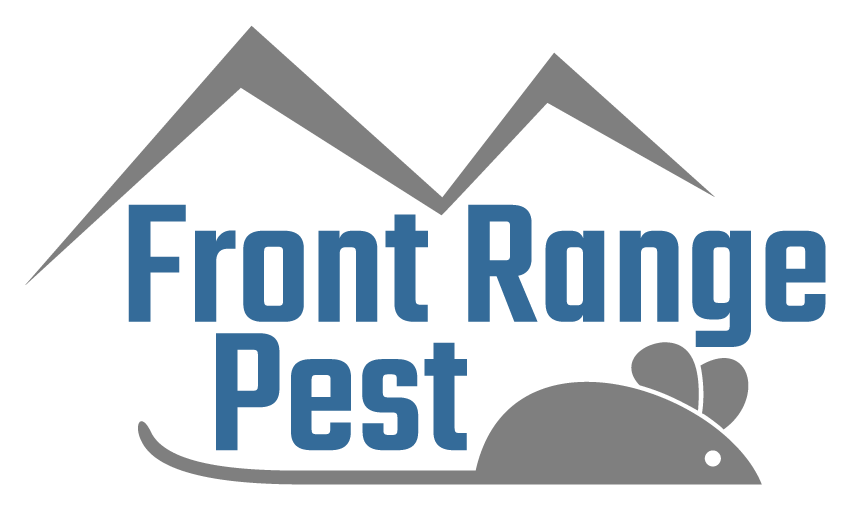Identifying Bed Bugs and Taking Steps to Eliminate Them

Bed bugs can infest any location, regardless of cleanliness. They simply require hiding spots and a host to feed on, often hitching rides from various places like hotels, adjacent apartments, or public seating areas. Managing bed bugs is challenging but possible. Relying solely on insecticides is not the most effective approach. A comprehensive strategy that includes cleaning, decluttering, and other preventive measures is essential for effective bed bug control.
Before assuming you have bed bugs, confirm their presence. Many pests resemble bed bugs, and various factors can mimic bed bug bites. Identifying bed bugs requires finding the insects themselves, as bites alone are not reliable indicators. If unsure, consult a pest control professional, such as Front Range Pest, for accurate identification.
Looking for Bed Bugs
Bed bugs are small, reddish-brown insects, comparable in size and color to apple seeds. They thrive indoors, feeding exclusively on human blood and occasionally on other animals. Unlike other pests, they do not consume crumbs or skin cells. These insects are wingless, do not jump, and are adept at concealing themselves in tiny crevices. Bed bugs start off tan as nymphs and darken as they mature. Those that have recently fed appear swollen and more reddish. While bed bugs are not known to transmit diseases, their bites can cause itchy reactions, and the presence of bed bugs can lead to anxiety and sleep loss.
What to Look For
When searching for bed bugs, look out for the following signs:
- Live or dead bed bugs
- Shed skins from their growth stages
- Eggs
- Fecal stains or droppings
How to Inspect for Bed Bugs
Begin your search within 15 to 20 feet of sleeping areas, as this is where bed bugs are most likely to congregate. Move slowly through the area, using a flashlight angled along surfaces to better spot eggs and newly hatched bed bugs. It’s crucial to examine every nook and cranny that could harbor bed bugs. Use a tool like a putty knife, playing card, or nail file to probe into cracks and dislodge any hidden bed bugs. Consider taking notes on where you find signs of bed bugs to ensure all affected areas are remembered and treated later.
Treating Your Home for Bed Bugs
Once you’ve identified the areas of your home infested with bed bugs, hopefully, you’ve already taken the first steps by crushing and vacuuming any visible pests. Now, it’s time to proceed with a more thorough eradication process. Below is a summary of essential steps to effectively treat your home and eliminate bed bugs. Following as many of these steps as possible will ensure the best results, though some may need to be repeated for success. While treating bed bugs can be a time-consuming process, thorough and careful execution will help minimize the likelihood of reinfestation and return your home to its pre-pest condition.
1. Gather your cleaning supplies and tools to remove pests.
2. Isolate and encase clean mattresses and linens to prevent further infestation.
3. Clean, declutter, and get organized. Wash clothes, shoes, linens, and pillows in a washer. Hard plastic items can go in the dishwasher, while books and fragile items should be sealed in plastic bags or bins to treat later.
4. Vacuum everything and everywhere! Be sure to empty the vacuum contents into a trash bag and dispose of it immediately.
5. Make necessary repairs: seal gaps in wall outlets, caulk moldings and joints, and fix peeling wallpaper to reduce hiding spots.
6. Decide whether to treat or discard infested items. Upholstered furniture may be difficult to treat; if discarding, wrap it in plastic and label it as “infested with bed bugs” to prevent spreading them in your community.
7. Wash all hard surfaces and furniture with soap and water, paying special attention to crevices and spaces in the frames.
8. Treat with steam. Steam treatments are recommended as they kill all life stages of bed bugs. Be sure to steam before applying insecticides, as steam may lessen the effects of insecticide.
9. Treat area with insecticides. Hiring a professional pest management company is preferable, as they have the expertise to safely and efficiently apply insecticides.
Why Professional Help Is Key for Bed Bug Treatment
Evaluate both the legal and practical considerations before attempting to treat bed bugs on your own. In many situations, particularly for renters or in public spaces, using pesticides without proper training may be illegal. Landlords are usually responsible for arranging professional pest control services. Eliminating bed bugs can be difficult without expert assistance. Licensed pesticide applicators are trained to accurately identify, isolate, and treat infestations, making professional intervention the fastest and safest solution to a bed bug problem.
For quick and discreet bed bug inspections, contact Front Range Pest for safe and effective insect treatments.
Front Range Pest is your trusted, family-owned pest and wildlife control company serving central Colorado and southern Wyoming. Our certified technicians have the expertise and credentials to ensure effective pest management for your home or business. As your all-in-one insect and wildlife specialists, we offer peace of mind by identifying wildlife entry points, removing nuisance pests, sealing access areas, performing cleanup, and making essential repairs. Schedule an inspection with us today.
Written by the Digital Marketing Team at Creative Programs & Systems: https://www.cpsmi.com/.
